
Ingredient
Youngberries
The Sweet and Tangy Delight
Youngberries are characterized by their deep purple color and small, round shape. They have a sweet and tangy flavor, with hints of blackberry and raspberry. The texture is soft and juicy, making them perfect for eating fresh or using in various culinary creations.
Origins and history
Youngberries were developed by horticulturist B.M. Young in the early 20th century. They are a cross between blackberries, raspberries, and dewberries, combining the best qualities of each fruit. Youngberries are primarily grown in the United States, particularly in the southern states. They are a popular fruit for home gardeners and are also commercially cultivated.
Nutritional information
Youngberries are a good source of dietary fiber, vitamin C, and antioxidants. They are low in calories, with approximately 43 calories per 100 grams. They also contain minerals such as potassium and manganese.
Allergens
There are no known allergens associated with youngberries.
How to select
When selecting youngberries, look for plump and firm berries that are uniformly colored. Avoid berries that are overly soft or have moldy spots. The berries should have a deep purple color, indicating ripeness. It is best to choose locally grown or organic youngberries whenever possible to support sustainable farming practices and ensure the highest quality.
Storage recommendations
Youngberries should be stored in the refrigerator to maintain their freshness and flavor. Place them in a breathable container or a perforated plastic bag to prevent moisture buildup. Use within a few days for the best taste and texture.
How to produce
Youngberries can be grown in home gardens or containers with proper care and maintenance. They require well-drained soil and full sun exposure. Prune the plants regularly to promote healthy growth and fruit production. Youngberries are typically ready for harvest in late spring or early summer.
Preparation tips
Youngberries can be enjoyed fresh as a snack or used in a variety of culinary applications. They are delicious in pies, tarts, jams, and jellies. Youngberries can also be added to smoothies, yogurt, or salads for a burst of flavor. They pair well with other berries, citrus fruits, and creamy desserts.
Substitutions
There are no suitable substitutions for youngberries due to their unique flavor and texture.
Culinary uses
Youngberries are commonly used in desserts, such as pies, cobblers, and crumbles. They can also be used in sauces, syrups, and preserves. Youngberries are a popular ingredient in Southern cuisine, where they are used in traditional dishes like blackberry cobbler or youngberry jam.
Availability
Youngberries are primarily cultivated in the United States, particularly in the southern states such as Louisiana, Texas, and Arkansas. They are also grown in other regions with suitable climates, including California and Florida.
More ingredients from this category

Boysenberries
The Alluring Berry: Boysenberries
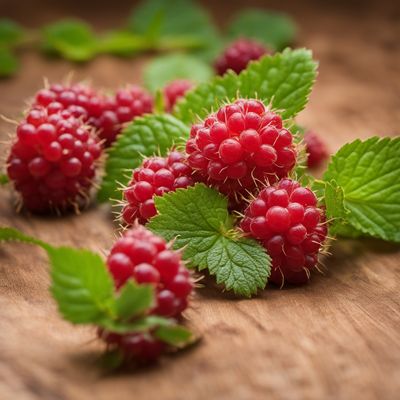
Other species and hybrids of genus Rubus, not elsewhere mentioned
The Berry Bonanza

Thimbleberries
The Delicate Delight: Exploring the World of Thimbleberries

Dewberries
The Wild Berry Treasure: Dewberries
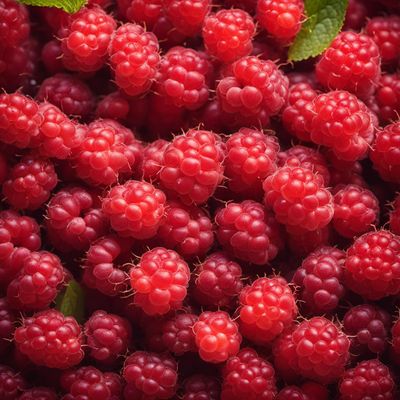
Salmonberries
The Jewel of the Forest
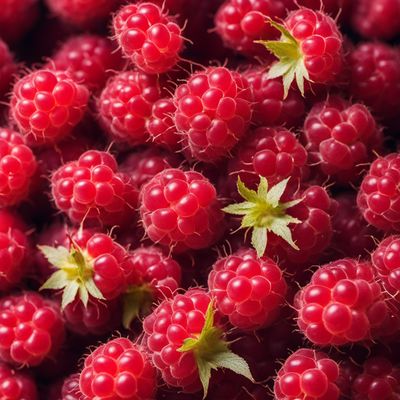
Tayberries
The Tangy Delight

Loganberries
The Luscious Loganberry

Olallieberries
The Luscious Berry: Olallieberries
Recipes using Youngberries » Browse all
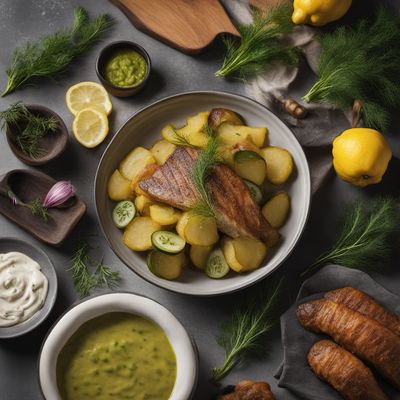
Forszmak Lubelski with a Twist
Savory Polish Delight: A Modern Twist on Forszmak Lubelski
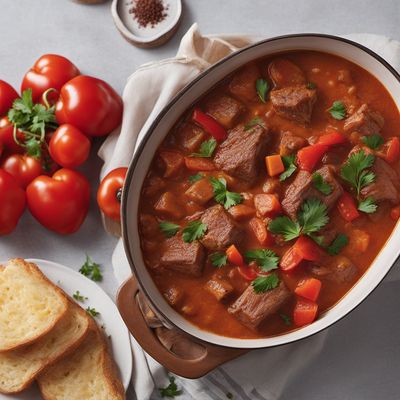
Hungarian-style Azelila Stew
Hearty Hungarian Azelila Stew: A Fusion of Flavors

Georgian Beef Kharcho Soup
Savory Georgian Beef Soup: A Burst of Flavors

Biscette di Solva with a Twist
Savory Eastern European Biscette Delight

German-style Beef Stew with Peanut Sauce
Bavarian Beef Stew: A Nutty Twist on a Classic

Homemade Cheesy Pierogies
Savory Delights: Homemade Cheesy Pierogies Straight from Pittsburgh

New Nordic Quiche with Local Ingredients
Nordic Fusion: A Modern Twist on Quiche Provençale

Russian-style Horse Meat Salad
Savory Delight: Russian Horse Meat Salad

Parrozzo - Traditional Italian Almond Cake
Heavenly Almond Delight: A Taste of Italy in Every Bite

Stefánia Szelet with Mushroom Sauce
Savory Hungarian Delight: Stefánia Szelet with Creamy Mushroom Sauce
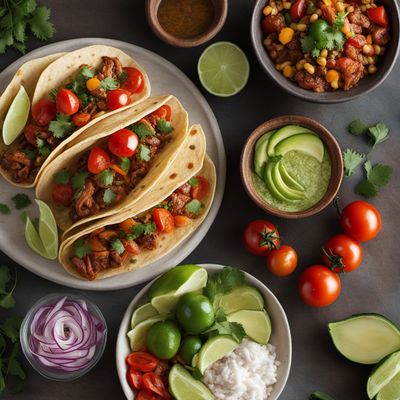
Hormiga Culona Tacos
Savory Crunch: Hormiga Culona Tacos with a Twist
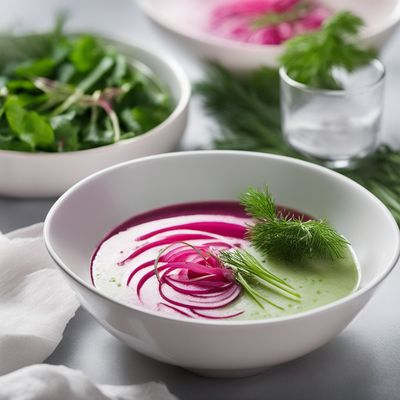
Ukrainian Chłodnik: A Refreshing Beet Soup
Borscht's Cool Cousin: Ukrainian Chłodnik